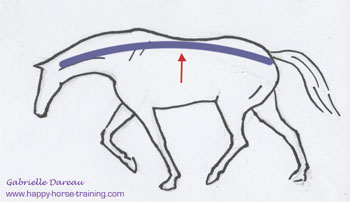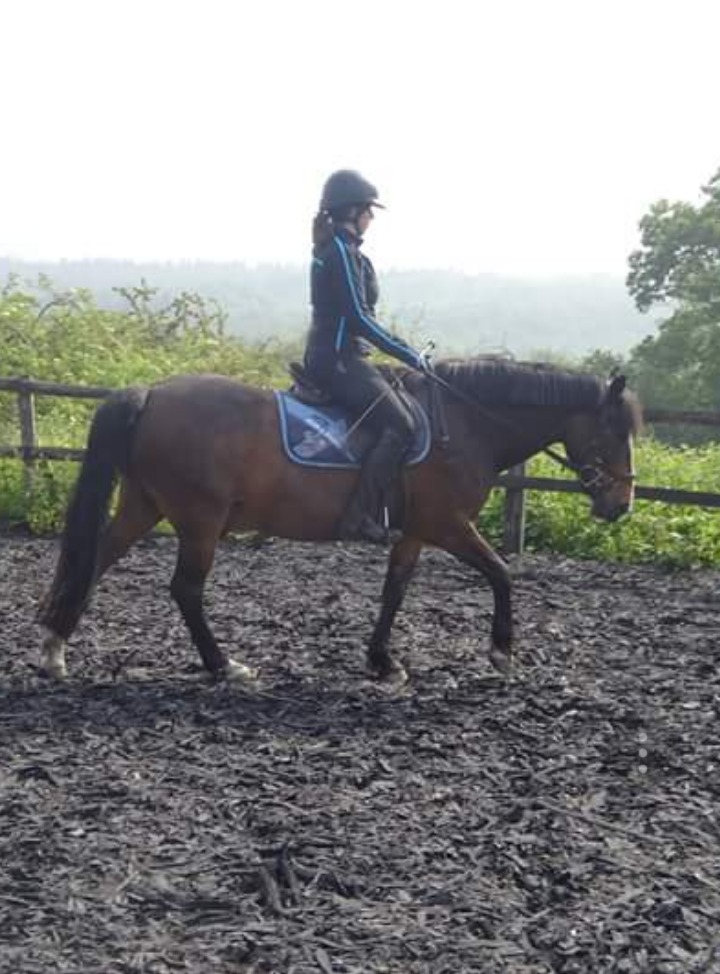It's not about the outline its about working from behind over their back. If you think about it when a horse rides with its head in the air the muscles under the neck over develop and the back dips. The back is a weaken condition than we add a saddle and a rider to a weak back resulting is horses hollowing, damaged spines due to pressure, muscle can't develop correctly, pressure on the neck and on the poll.
View attachment 93727
Asking for a horse to drop in to a contact bring the back 'up' you can see in the first picture the hollowing effect.
I work in to a contact from the moment I get on. Not in to a comp frame but I want him to take the bit and work in to it.
I have done this with all my horses and none have ever had 'back' issues that said they get physio every 6 weeks this stops any issues developing




